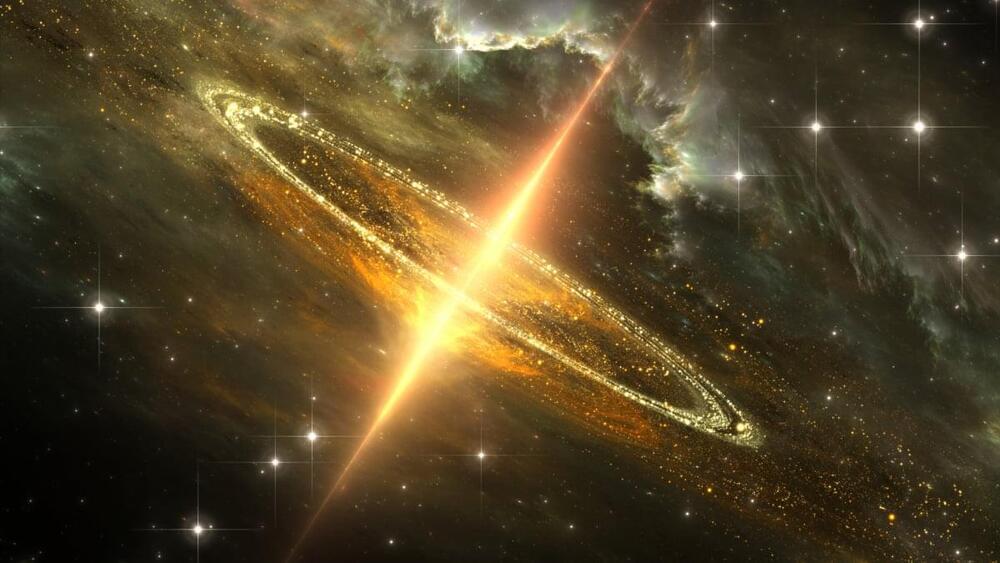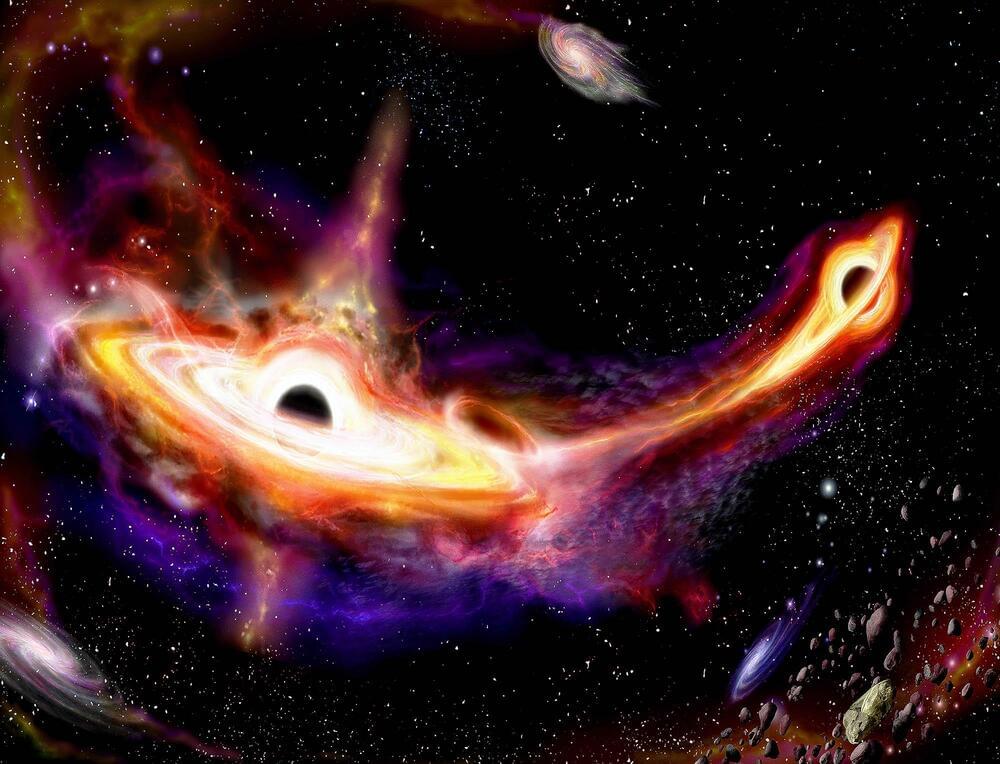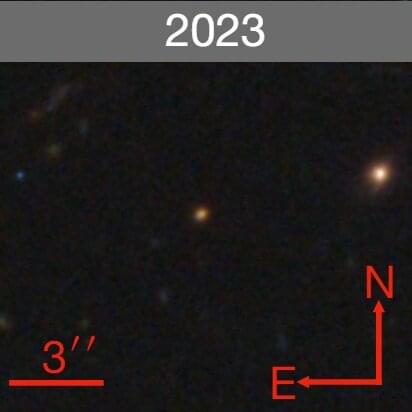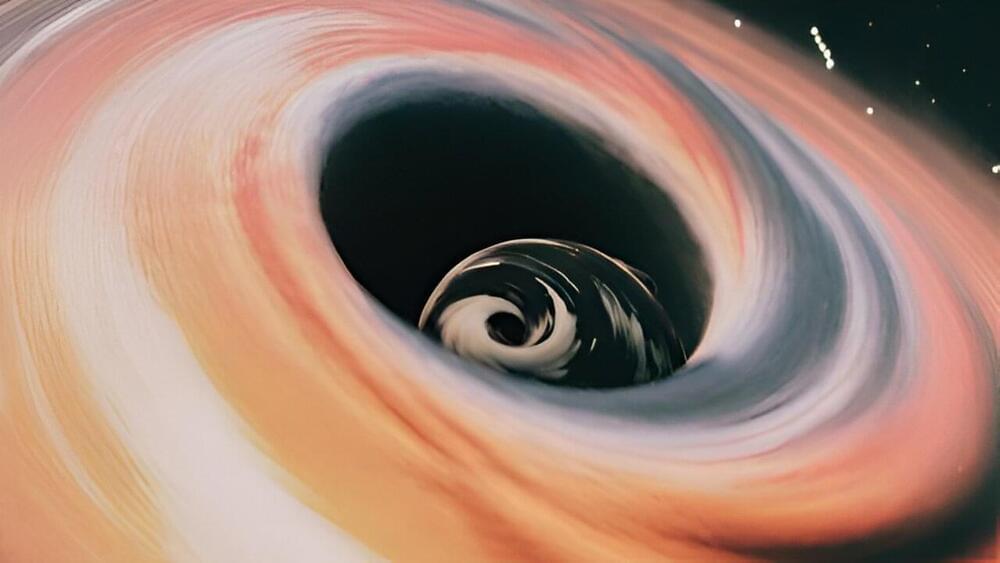Two superluminous quasars, or active black holes at the centers of large galaxies, were found just 900 million years after the Big Bang — the earliest detection of a pair of merging quasars ever seen.



New data revises our view of this unusual supernova explosion. A team of scientists used NASA’s James Webb Space Telescope to parse the composition of the Crab Nebula, a supernova remnant located 6,500 light-years away in the constellation Taurus. With the telescope’s MIRI (Mid-Infrared Instrument) and NIRCam (Near-Infrared Camera), the team gathered data that is […].



Using the James Webb Space Telescope (JWST), astronomers from the Space Telescope Science Institute (STScI) have discovered a new supernova. Designated SN 2023adsy, the newfound stellar explosion is the most distant Type Ia supernova so far detected. The finding was detailed in a research paper published June 7 on the pre-print server arXiv.

Astronomers believe that at the heart of most, if not all, galaxies sits a titanic black hole with a mass that is millions or even billions of times that of our sun. These supermassive black holes cannot be directly created through the collapse of a massive star, as is the case with stellar mass black holes with masses tens of times that of the sun, as no star is large enough to birth such a huge object.

China´s Moon Mission May Reveal the Origin of Life on Earth Blog posted on Big Think, direct link on searchforlifeintheuniverse.com
“Stellar-mass black holes, which contain up to about 30 solar masses, possess much smaller event horizons and stronger tidal forces, which can rip apart approaching objects before they get to the horizon.”
The simulated black hole is designed to imitate the supermassive one at the heart of our galaxy, which has a mass over 4.3 million times that of our Sun. That is almost unfathomably large: the distant view of it you see in the visualizer is from nearly 400 million miles away.
From the point of view of the doomed camera, falling into the event horizon would take three hours. To an outside observer, however, the camera would appear to freeze just before the threshold due to immense distortions in spacetime.
Try Opera browser FOR FREE here https://opr.as/04-Opera-browser-sabinehossenfelderDark Energy is the name that astrophysicists have given to what ever acceler…